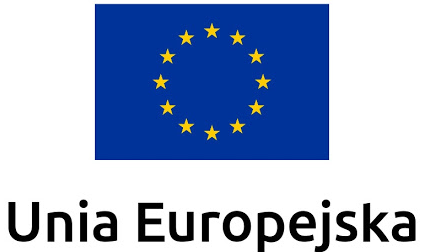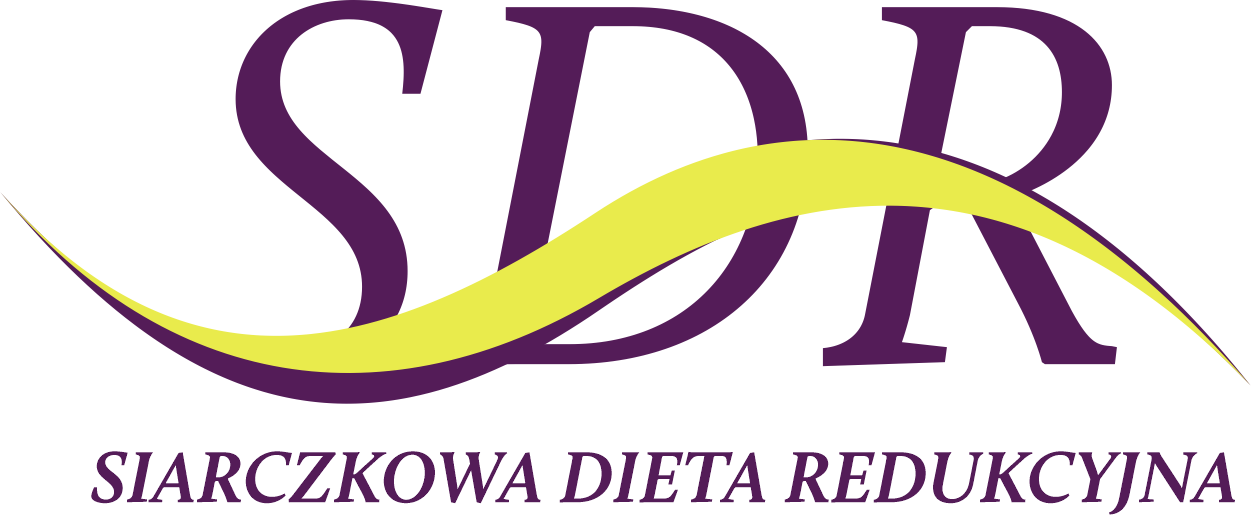
Ankylosing spondylitis (AS)
Ankylosing spondylitis (AS)
Ankylosing spondylitis (AS), also known as Bechterew's disease, is a chronic inflammatory disease from the group of seronegative spondyloarthropathies. AS primarily affects the joints of the spine, causing pain and stiffness that can lead to gradual stiffening of the spine.
The disease usually begins in the lower part of the spine (lumbar spine) and can progress upwards to involve the thoracic and cervical spine. AS can also affect peripheral joints, such as the hips, shoulders, or costovertebral joints, as well as the attachments of tendons to bones (enthesitis). In advanced stages, it can lead to a characteristic posture with a pronounced forward lean.
AS affects men more often than women, and the first symptoms usually appear at a young age, often before the age of 45. The disease has a strong genetic basis, associated with the presence of the HLA-B27 antigen. In addition to symptoms in the musculoskeletal system, AS can cause fatigue, weight loss, and in some cases affect internal organs such as the eyes (uveitis), heart, and lungs.
Prevention of ankylosing spondylitis (AS)
- Regular physical activity, with particular emphasis on stretching and strengthening exercises for the back muscles.
- Maintaining good posture.
- Maintaining ergonomics in the workplace and during sleep.
- Maintaining a healthy body weight.
- Eating a healthy, balanced diet rich in antioxidants and omega-3 fatty acids.
- Avoiding smoking.
- Limiting alcohol consumption.
- Stress reduction techniques (meditation, yoga, breathing techniques).
- Regular check-ups, especially for people at risk (e.g. with a family history of AS).
- If necessary, vitamin D supplementation (after consulting a doctor).
Ankylosing Spondylitis (AS) Treatment
AS treatment is comprehensive and long-term, aimed at controlling symptoms, slowing disease progression, and maintaining spine functionality and mobility.
The mainstay of pharmacotherapy is nonsteroidal anti-inflammatory drugs (NSAIDs), which help control pain and inflammation. In more severe cases, disease-modifying antirheumatic drugs (DMARDs) or biologics such as TNF-α or IL-17 inhibitors are used.
Physiotherapy plays a key role in the treatment of AS. Regular exercise, including stretching, strengthening the back and abdominal muscles, and breathing exercises, are essential to maintaining spine mobility and preventing stiffness. Patient education and lifestyle modifications are important elements of therapy, including maintaining proper posture, adapting the workplace and sleep to the needs resulting from the disease, and using relaxation techniques.
In advanced stages of the disease, when significant deformities occur or when the pain cannot be controlled by conservative methods, surgical treatment may be necessary, such as postural correction or joint replacement. The goal of AS treatment is to maintain the best possible functionality of the spine and joints, control pain and prevent complications. Regular monitoring of disease activity and adjustment of therapy is crucial to achieving optimal treatment results and improving the quality of life of patients.
Among other things, we offer deep myofascial massage, which supports the elasticity of muscles and tissues around joints, improving mobility.



